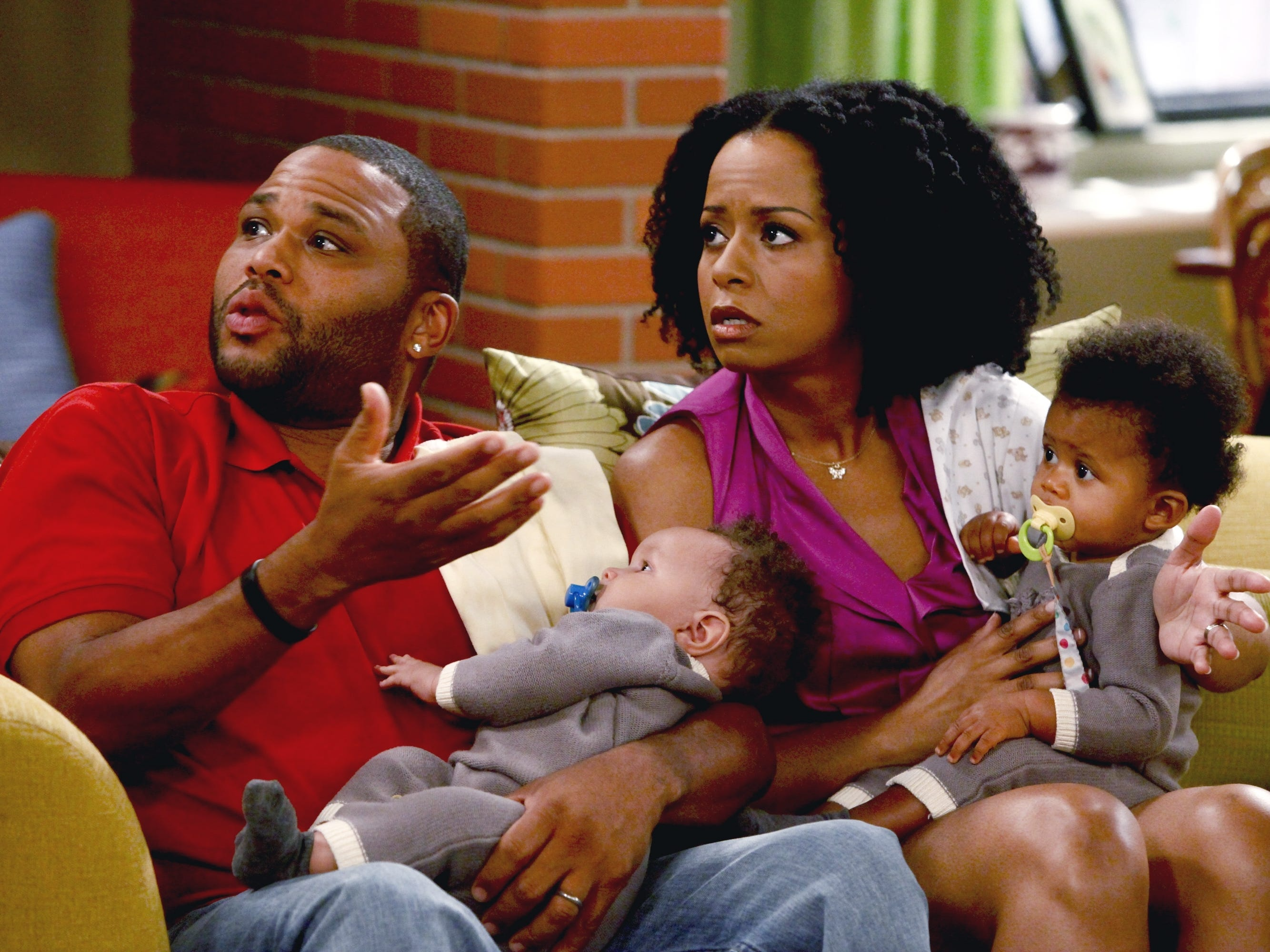
When The Cosby Show first aired in 1984, it was groundbreaking. The show wasn’t just a sitcom; it was a reflection of American society and a cultural commentary on race, family, and success. Decades later, it still holds a special place in the hearts of fans and continues to influence the way TV shows are made.
One of the key reasons The Cosby Show has remained culturally relevant is its portrayal of the Huxtable family. At the time, television had very few examples of an African-American family that was not only successful but also portrayed in a realistic and positive way. Bill Cosby’s portrayal of Dr. Cliff Huxtable, a respected doctor, and Phylicia Rashad’s portrayal of Clair Huxtable, a successful lawyer, broke stereotypes about African-American families. The Huxtables were affluent, loving, and functional, something that had rarely been seen on television before.
The show’s cultural impact also extended beyond race. It tackled issues like education, social mobility, and family dynamics with a deft touch. The Huxtable children grew up in a household that emphasized the importance of hard work, respect, and love. The show became a platform for addressing serious issues in a way that was both entertaining and enlightening. From Cliff’s comedic wisdom to Clair’s no-nonsense attitude, each character offered a unique perspective on the struggles of everyday life.
The Cosby Show also played a role in breaking down barriers for African-American actors and actresses in Hollywood. By demonstrating that an African-American family could be the centerpiece of a mainstream, primetime television show, The Cosby Show opened doors for other shows that portrayed minority characters in a positive light. Its success paved the way for later shows like Family Matters and The Fresh Prince of Bel-Air.
Even today, the show’s impact can still be seen in the TV shows that followed it. The Cosby Show created a new standard for how African-American families and characters were portrayed on television, and its influence can still be felt across various forms of media.
